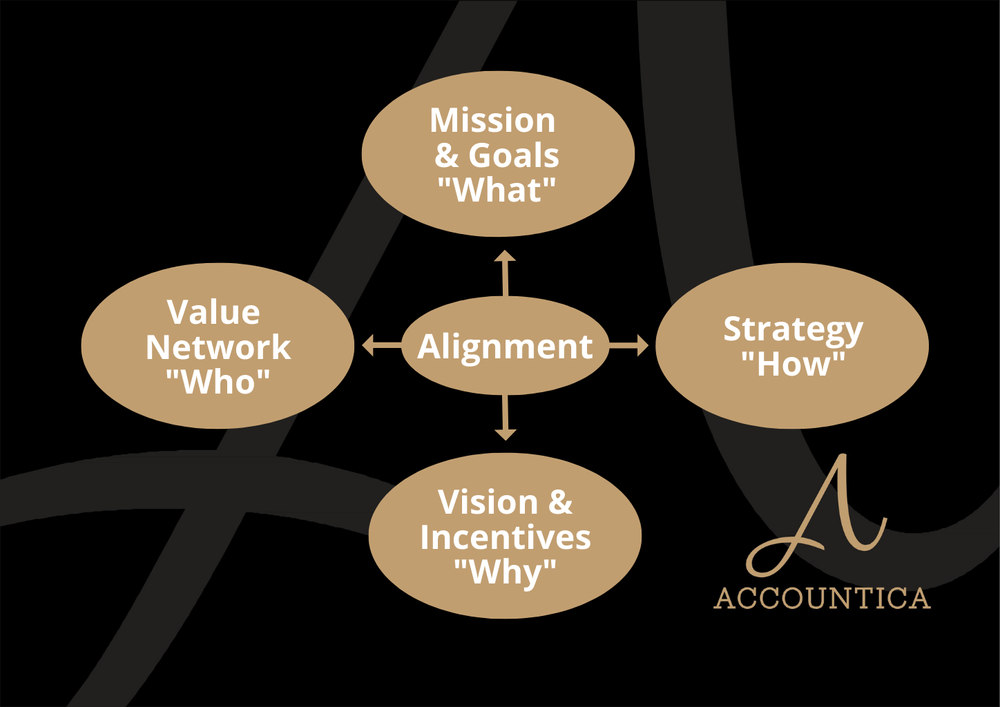I work with many leaders who struggle with strategy. They are aware of the significance of having strategies to coordinate business
decision-making. They are aware that not everything in their companies can be monitored and controlled. They comprehend the idea and
sincerely want to create effective tactics. But when it comes to formulating a strategy, they quickly become bogged down.
Although disappointing, this is not entirely unexpected. It directly results from misunderstandings over what a "business plan" is and is
not. Here is what I mean: A business strategy is a set of guiding principles that generate a desired pattern of decision-making when
communicated and adopted in the organisation. Therefore, a strategy is about how individuals throughout the firm should spend resources and
make decisions in order to achieve critical objectives. A sound strategy lays out a clear road map for the company, consisting of a set of
guiding principles or rules that specify the actions employees should do (and should not do) and the priorities they should set in order to
reach desired goals. Everyone in the organisation is clear on their “to do” list and their “not to do” list.
A strategy is, therefore simply one component of the broader strategic direction that executives must establish for their businesses. It is
important to note that a strategy is not a mission. A mission is what the organization's executives want it to achieve; missions are broken
down into precise goals and performance criteria. Another element of strategic direction is the value network. Key stakeholders include
the connections between suppliers, clients, staff, investors and the community through which a business co-creates and extracts economic
value. Finally, a vision is an inspiring depiction of how the organisation's mission and goals will be pursued and achieved; a plan is not a
vision. An effective “Level 5 Leader” will impart his/her vision to others and can create a movement. This can be incredibly inspiring and a
strong motivator for people to go above and beyond for their company.

In a nutshell, the value network is about who will create and capture value; the mission is about what
will be accomplished; strategy is about how resources should be allocated to accomplish the mission within the context of
the value network; and vision and incentives are about why people in the organisation should feel motivated to perform at a
high level. The network, mission, strategy, and vision all work together to define a company's strategic direction. They
provide the what, who, how, and why that complex organisations require to powerfully align action.
These four elements all need to be considered and aligned to create an effective strategic direction. You cannot consider one without the other. The correct sequencing of these four elements is the key to crafting a business strategy.
When you’re ready to get what you want and truly deserve out of your business, we’re here to help
Here are a few ways we can help you
The information contained on this website is general in nature and does not take into account your personal situation. You should consider whether the information is appropriate to your needs, and where appropriate, seek professional advice.

Learn how to design your ideal future by defining what truly matters and taking intentional steps to create the life you want.

Discover a simple routine to block distractions, maximise focus, and get more done in less time.